Performance Evaluation of Reverse Logistics: Opportunities for Future Research
Abstract
1. Introduction
2. Literature and Analyzing Methods
2.1. Methodology and Materials and Methods
2.2. Instrument of Intervention: Knowledge Development Process-Constructivist (Proknow-C)
2.2.1. Procedures for Data Collection: Selection of the Bibliographic Portfolio
2.2.2. Procedures for Data Analysis: Basic and Advanced Bibliometric Analysis
3. Theoretical Framework
3.1. Performance Evaluation
3.2. Reverse Logistics
4. Results
4.1. Bibliometric Analysis: Basic Variables
4.2. Advanced Variable Analysis
4.3. Research Opportunities and Contributions to the Advancement of the Area
5. Conclusions
Author Contributions
Funding
Acknowledgments
Conflicts of Interest
References
- Nikolau, I.E.; Evangelinos, K.I.; Allan, S. A reverse logistics social responsibility evaluation framework based on the triple bottom line approach. J. Clean. Prod. 2011, 56, 173–184. [Google Scholar] [CrossRef]
- Olugu, E.U.; Wong, K.Y.; Shaharoun, A.M. development of key performance measures for the automobile green supply chain. Resour. Conserv. Recycl. 2010, 55, 567–579. [Google Scholar] [CrossRef]
- Fleischmann, M. Quantitative Models for Reverse Logistics: Lecture Notes in Economics and Mathematical Systems; Springer: Berlin, Germany, 2001. [Google Scholar]
- Gungor, A.; Gupta, S.M. Issues in environmentally conscious manufacturing and product recovery: A survey. Comput. Ind. Eng. 1999, 36, 811–853. [Google Scholar] [CrossRef]
- Björklund, M.; Martinsen, U.; Abrahamsson, M. Performance measurements in the greening of supply chains. Supply Chain Manag. 2012, 17, 29–39. [Google Scholar] [CrossRef]
- Russo, I.; Confente, I.; Gligor, D.; Cobelli, N. A roadmap for applying qualitative comparative analysis in supply chain research: The reverse supply chain case. Int. J. Phys. Distrib. Logist. Manag. 2019, 49, 99–120. [Google Scholar] [CrossRef]
- Beamon, M.B. Measuring supply chain performance. Int. J. Oper. Prod. Manag. 1999, 19, 275–292. [Google Scholar] [CrossRef]
- Neely, A.; Gregory, M.; Platts, K. Performance measurement system design—A literature review and research agenda. Int. J. Oper. Prod. Manag. 1995, 15, 80–116. [Google Scholar] [CrossRef]
- Govindan, K.; Sarkis, J.; Palaniappan, M. An analytic network process-based multicriteria decision making model for a reverse supply chain. Int. J. Adv. Manuf. Technol. 2013, 68, 863–880. [Google Scholar] [CrossRef]
- Rogers, D.S.; Tibben-Lembke, R.S. Going Backwards: Reverse Logistics Trends and Practices; Logistics Executive Council: Pittsburgh, PA, USA, 1998. [Google Scholar]
- Dutra, A.; Ripool-Feliu, V.M.R.; Fillol, A.G.; Ensslin, S.R.; Ensslin, L. The construction of knowledge from the scientific literature about the theme seaport performance evaluation. Int. J. Product. Perform. Manag. 2015, 64, 243–269. [Google Scholar] [CrossRef]
- Tasca, J.E.; Ensslin, L.; Ensslin, S.R.; Alves, M.B.M. An approach for selecting a theoretical framework for the evaluation of training programs. J. Eur. Ind. Train. 2010, 34, 631–655. [Google Scholar] [CrossRef]
- Richardson, R.J. Pesquisa Social: Métodos e Técnicas, 3rd ed.; São Paulo: Atlas, France, 1999. [Google Scholar]
- Creswell, J.W.; Creswell, J.D. Research Design: Qualitative, Quantitative, and Mixed Methods Approaches; Sage publications: thousand oaks, CA, USA, 2017. [Google Scholar]
- Valmorbida, S.M.I.; Ensslin, L. Construção de conhecimento sobre avaliação de desempenho para gestão organizacional: Uma investigação nas pesquisas científicas internacionais. Rev. Contemp. Contab. 2016, 13, 123–148. [Google Scholar] [CrossRef]
- Ensslin, L.; Ensslin, S.R.; Pinto, H.M. Processo de investigação e análise bibliométrica: Avaliação da qualidade dos serviços bancários. Rev. Adm. Contemp. 2013, 17, 325–349. [Google Scholar] [CrossRef]
- Lacerda, R.T.O.; Ensslin, L.; Ensslin, S.R. Uma análise bibliométrica da literatura sobre estratégia e avaliação de desempenho. Gestão Produção 2012, 19, 59–78. [Google Scholar] [CrossRef]
- Rosa, F.S.; Ensslin, S.R.; Ensslin, L.; Lunkes, R.J. Management environmental disclosure: A constructivist case. Manag. Decis. 2012, 50, 1117–1136. [Google Scholar] [CrossRef]
- Shaik, M.; Abdul-Kader, W. Transportation in reverse logistics enterprise: A comprehensive performance measurement methodology. Prod. Plan. Control 2013, 24, 495–510. [Google Scholar] [CrossRef]
- Silva, R.V.; Ensslin, S.R.; Ripoll-Feliu, V.M.; Soler, C.C. E-government and public accounting information: Bibliometric and systemic analysis. Int. Res. J. Financ. Econ. 2014, 1, 76–91. [Google Scholar]
- Ensslin, S.R.; Ensslin, L.; Imlau, J.M.; Chaves, L.C. Processo de mapeamento das publicações Científicas de um tema: Portfólio bibliográfico e análise bibliométrica sobre avaliação de desempenho de cooperativas de produção agropecuária. Rev. Econ. Sociol. Rural 2014, 52, 587–608. [Google Scholar] [CrossRef]
- Carneiro-Da-Cunha, J.A.; Hourneaux, F.J.; Corrêa, H.L. Evolution and chronology of the organisational performance measurement field. Int. J. Bus. Perform. Manag. 2016, 17, 223–240. [Google Scholar] [CrossRef]
- Lacerda, R.T.O.; Ensslin, L.; Ensslin, S.R.; Dutra, A. A Constructivist Approach to Manage Business Process as a Dynamic Capability. Knowl. Process. Manag. 2014, 21, 54–66. [Google Scholar] [CrossRef]
- Shaik, M.; Abdul-Kader, W. A Comprehensive Performance Measurement Framework for Reverse Logistics Enterprise. Available online: https://www.researchgate.net/publication/292836790_A_comprehensive_performance_measurement_framework_for_reverse_logistics_enterprise (accessed on 19 September 2019).
- Espino-Rodríguez, T.F.; Gil-Padilla, A.M. The impact of outsourcing strategies on information systems capabilities in the hotel industry. Serv. Ind. J. 2007, 27, 757–777. [Google Scholar] [CrossRef]
- Barker, T.J.; Zabinsky, Z.B. A multicriteria decision making model for reverse logistics using analytical hierarchy process. Ómega 2010, 39, 558–573. [Google Scholar] [CrossRef]
- Wang, B.; Sun, L. A review of reverse logistics. Appl. Sci. 2005, 7, 16–29. [Google Scholar]
- Fleischmann, M.; Bloemhof-Ruwaard, J.M.; Dekker, R.; van der Laan, A.E.; van Nunen, J.A.E.E.; van Wassenhove, L.N. Quantitative models for reverse logistics: A review. Eur. J. Oper. Res. 1997, 103, 1–17. [Google Scholar] [CrossRef]
- De Brito, M.P.; Dekker, R. A Framework for Reverse Logistics, ERIM Report Series Research in Management; Erasmus University Rotterdam: Rotterdam, The Netherlands, 2003. [Google Scholar]
- Rogers, D.S.; Melamed, B.; Lembke, R.S. Modeling and analysis of reverse logistics. J. Bus. Logist. 2012, 33, 107–117. [Google Scholar] [CrossRef]
- Dowlatshahi, S. A strategic framework for the design and implementation of remanufacturing operations in reverse logistics. Int. J. Prod. Res. 2005, 43, 3455–3480. [Google Scholar] [CrossRef]
- Meade, L.; Sarkis, J.; Presley, A. The theory and practice of reverse logistics. Int. J. Logist. Syst. Manag. 2007, 3, 56–84. [Google Scholar] [CrossRef]
- Rubio, S.; Chamorro, A.; Miranda, F.J. Characteristics of the research on reverse logistics (1995–2005). Int. J. Prod. Res. 2008, 46, 1099–1120. [Google Scholar] [CrossRef]
- Agrawal, S.; Singh, R.K.; Murtaza, Q. Triple bottom line performance evaluation of reverse logistics. Compet. Rev. 2016, 26, 289–310. [Google Scholar] [CrossRef]
- Govindan, K.; Paam, P.; Abtahi, A.R. A fuzzy multi-objective optimization model for sustainable reverse logistics network design. Ecol. Indic. 2016, 67, 753–768. [Google Scholar] [CrossRef]
- Espino-Rodríguez, T.F.; Rodríguez-Díaz, M. Determining the core activities in the order fulfillment process: An empirical application. Bus. Process Manag. J. 2014, 20, 2–24. [Google Scholar] [CrossRef]
- Wang, J.J.; Chen, H.; Rogers, D.S.; Ellram, L.M.; Grawe, S.J. A bibliometric analysis of reverse logistics research (1992–2015) and opportunities for future research. Int. J. Phys. Distrib. Logist. Manag. 2017, 47, 666–687. [Google Scholar] [CrossRef]



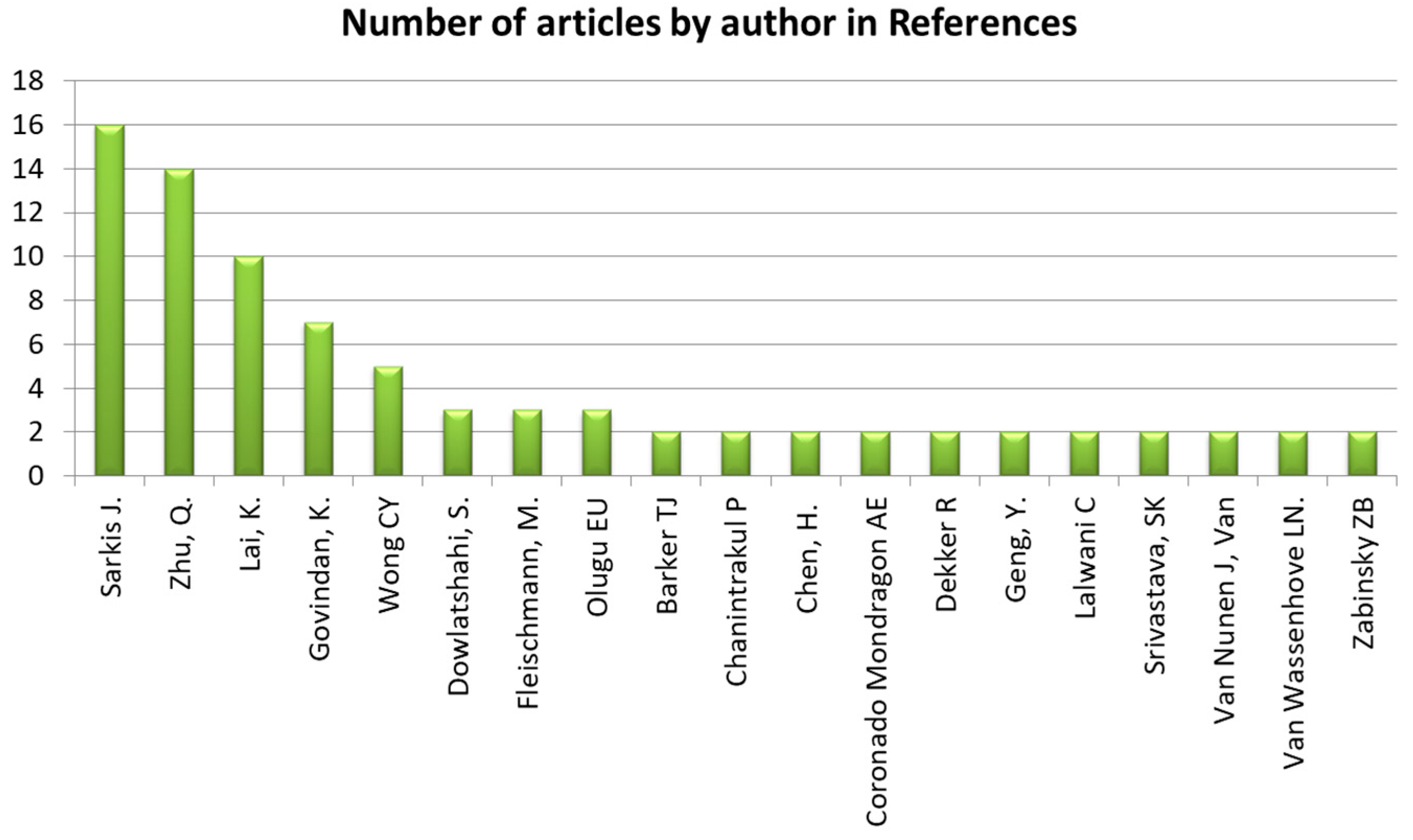
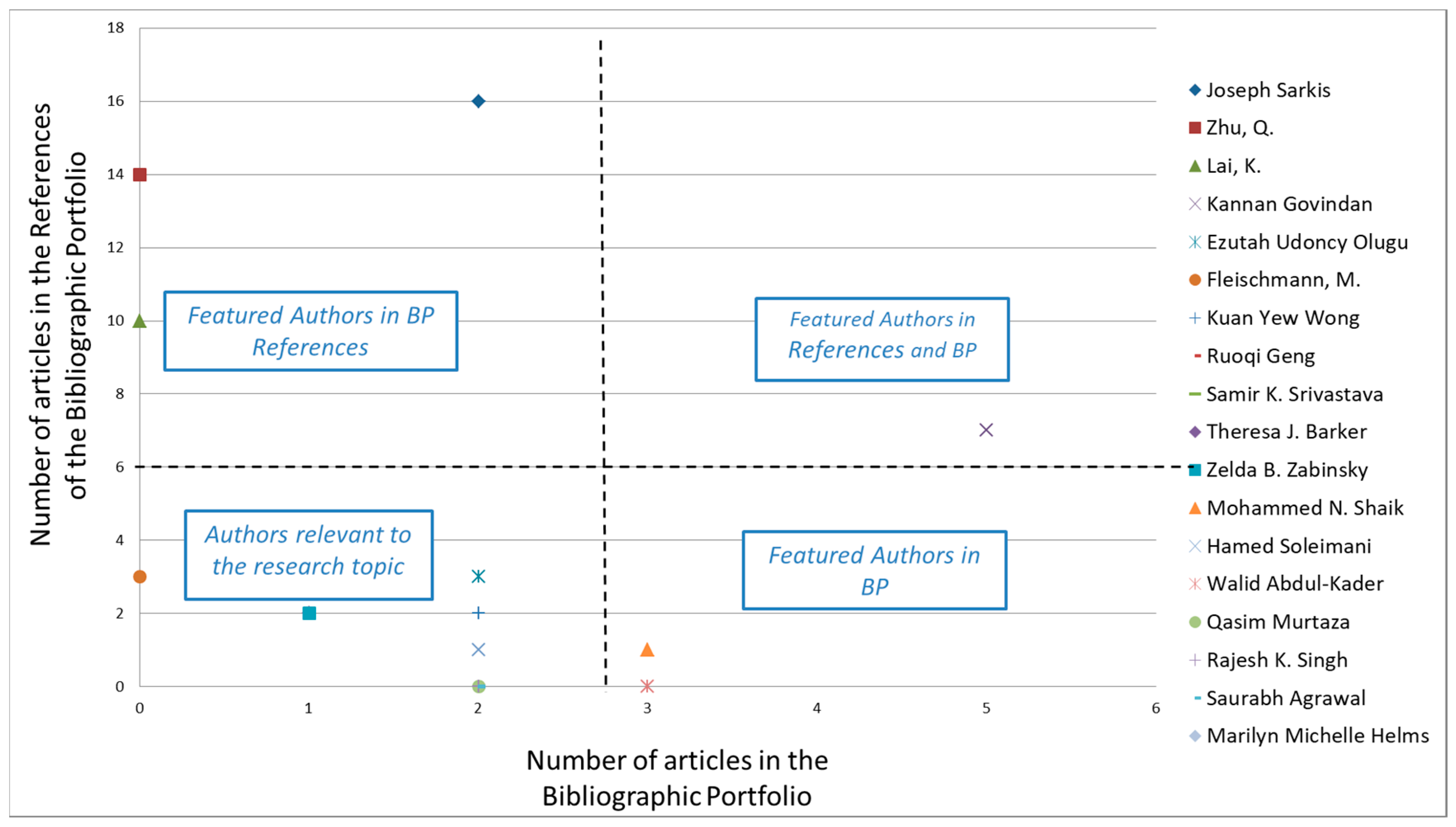
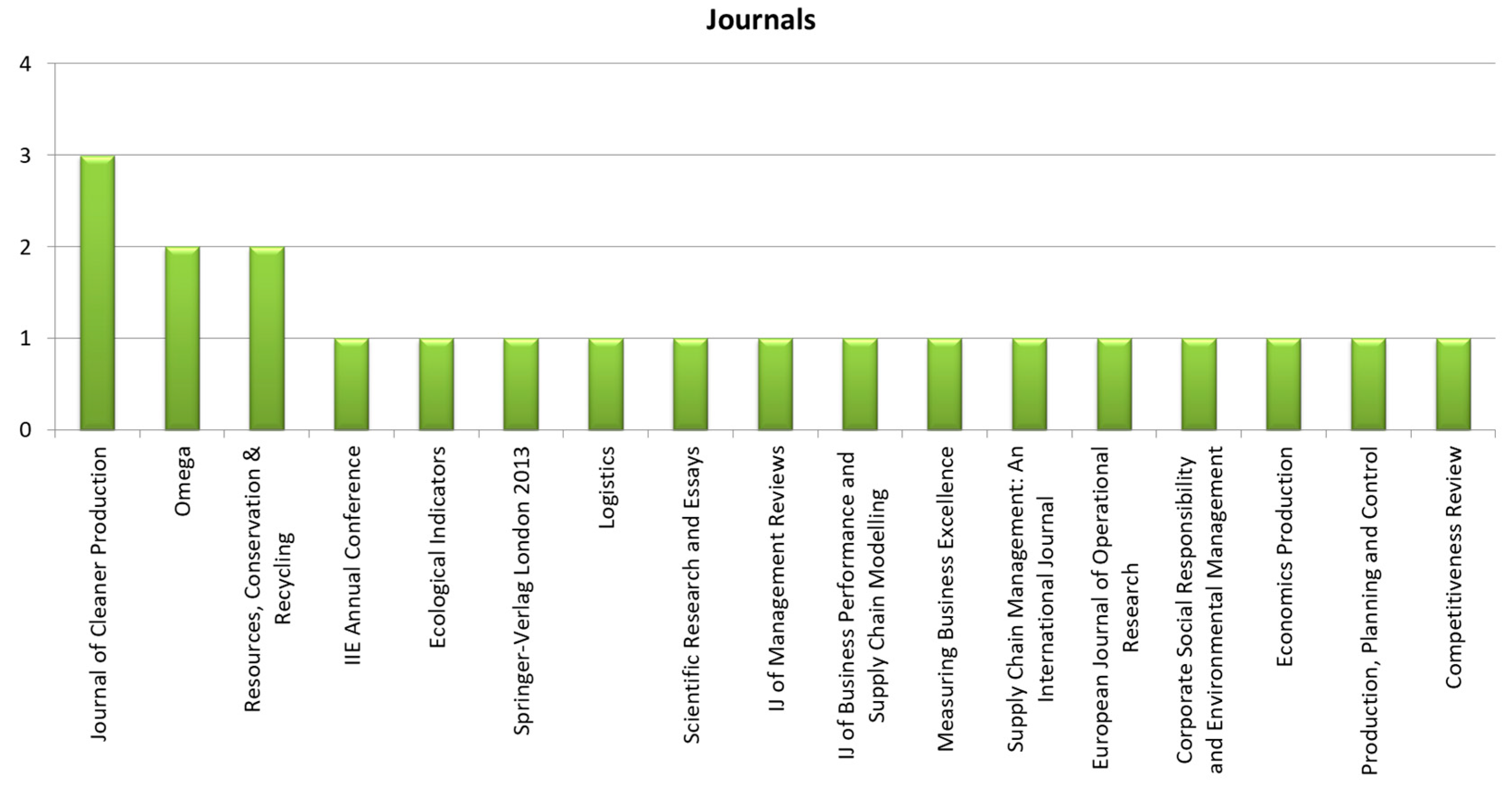
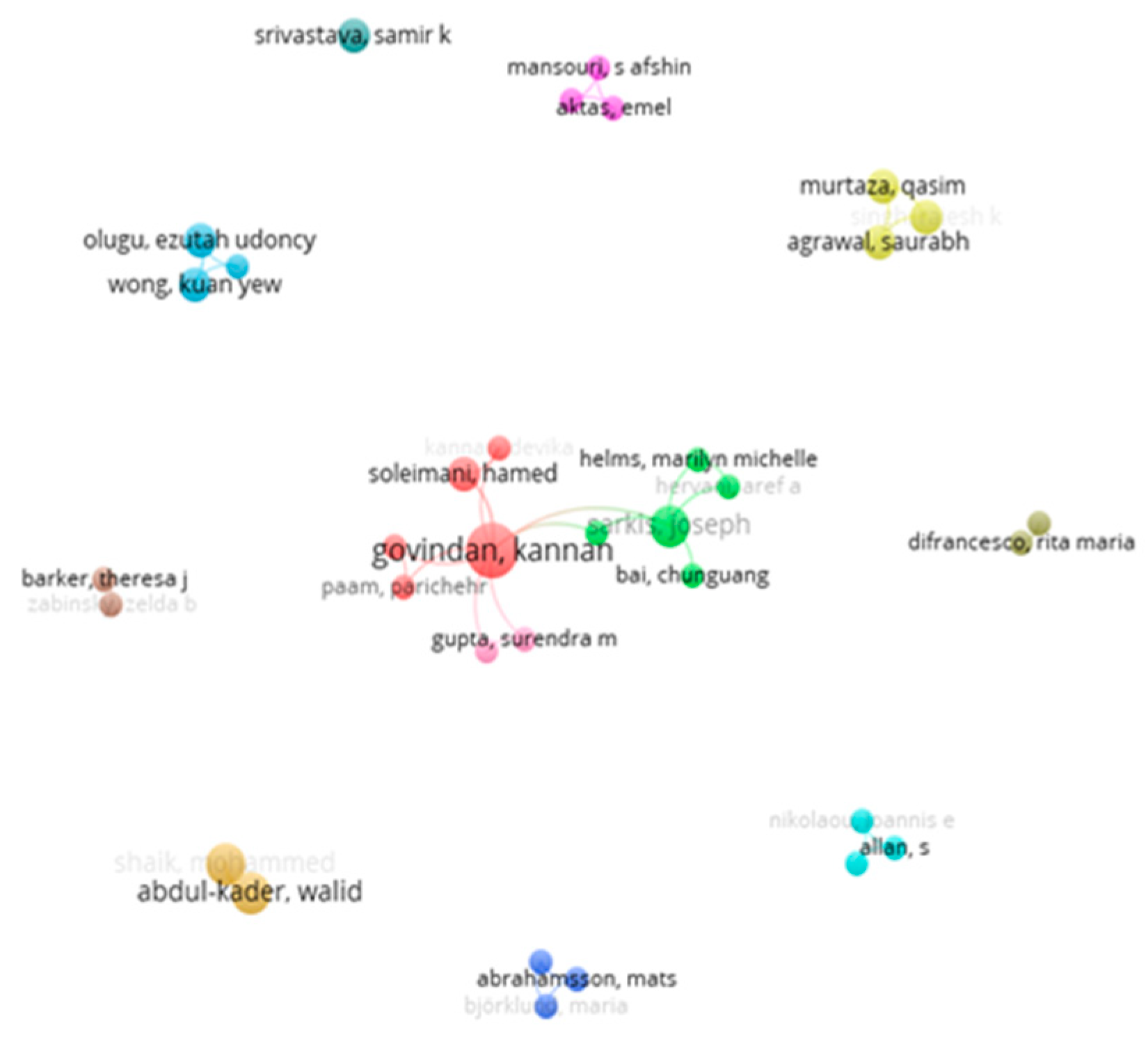
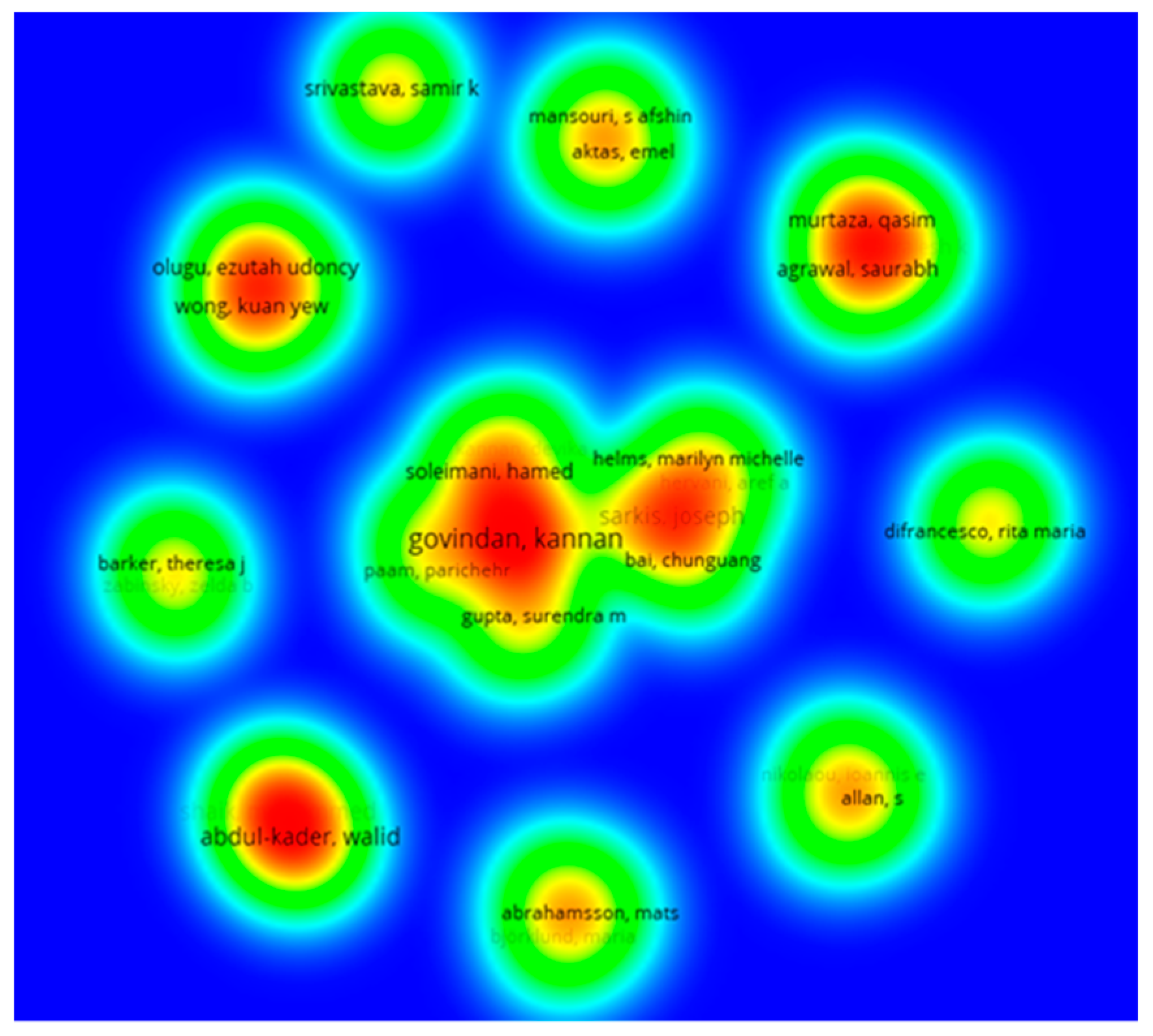

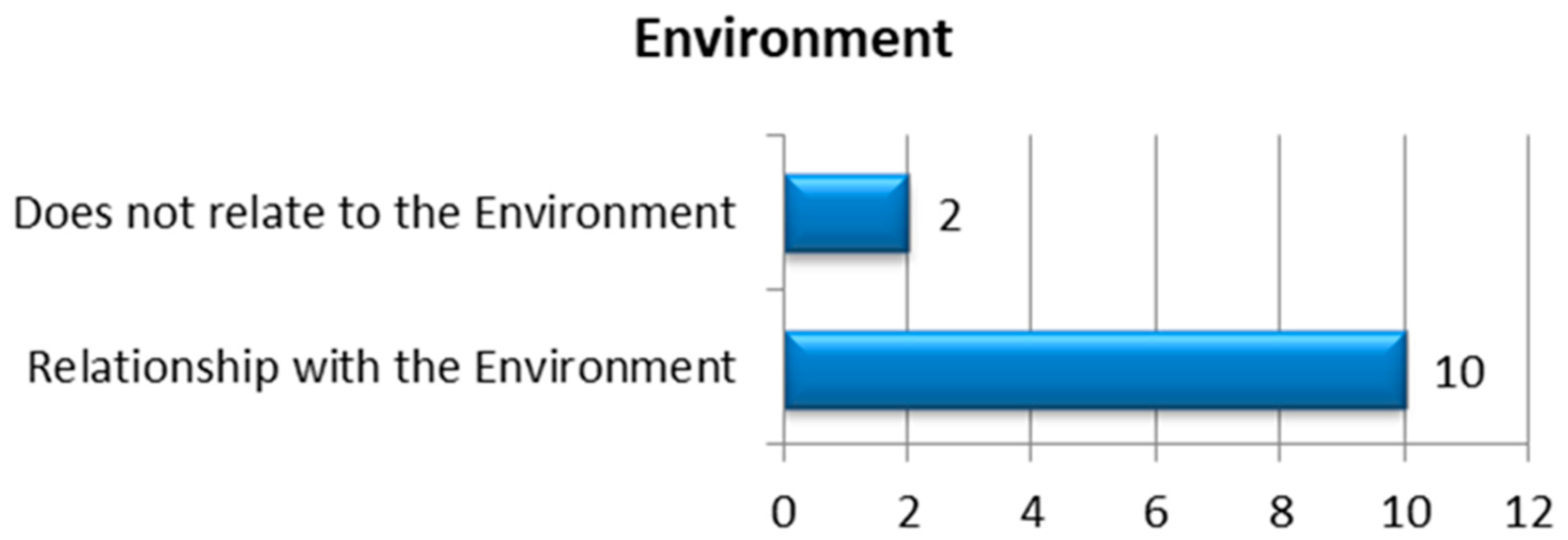



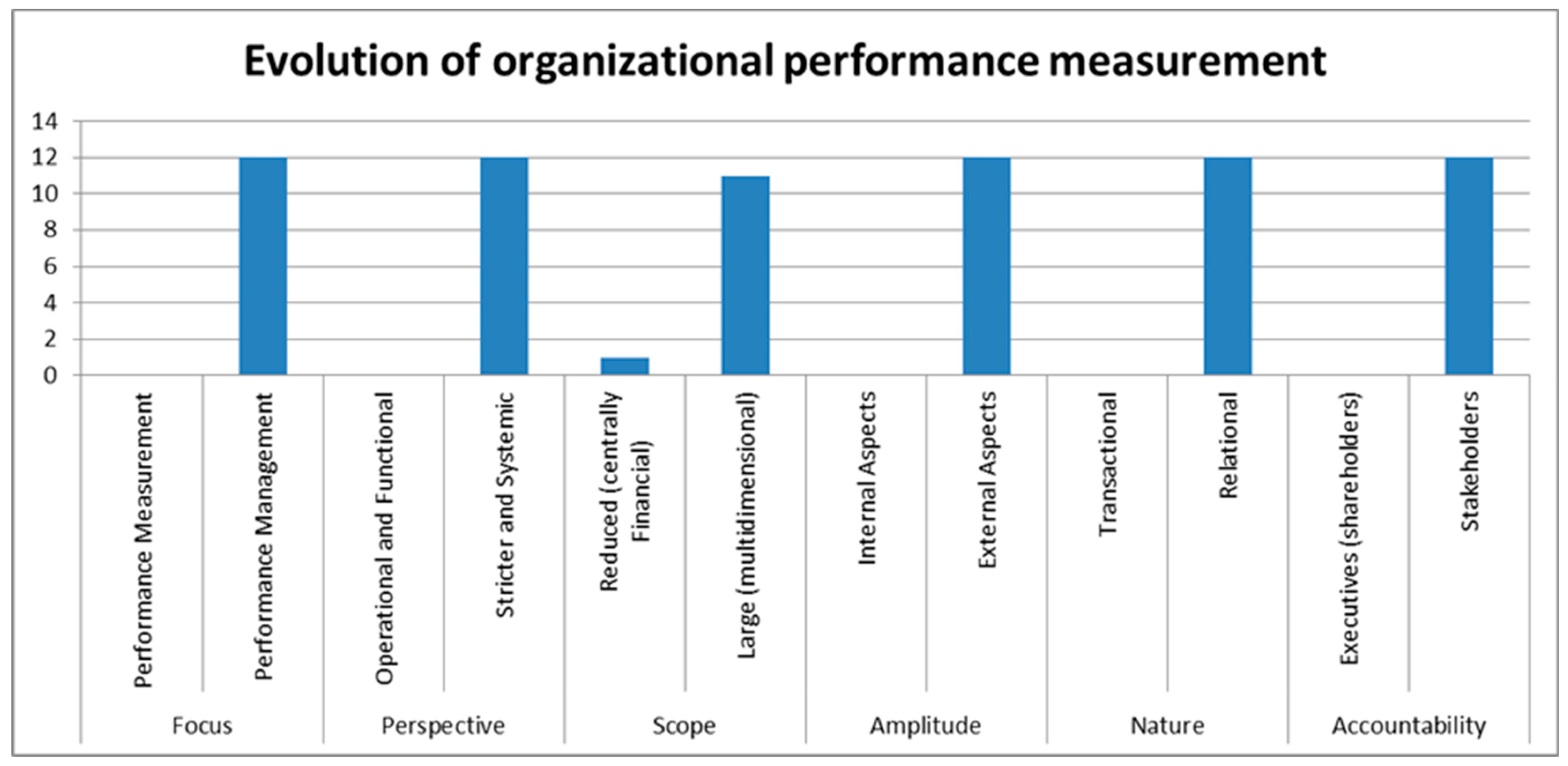
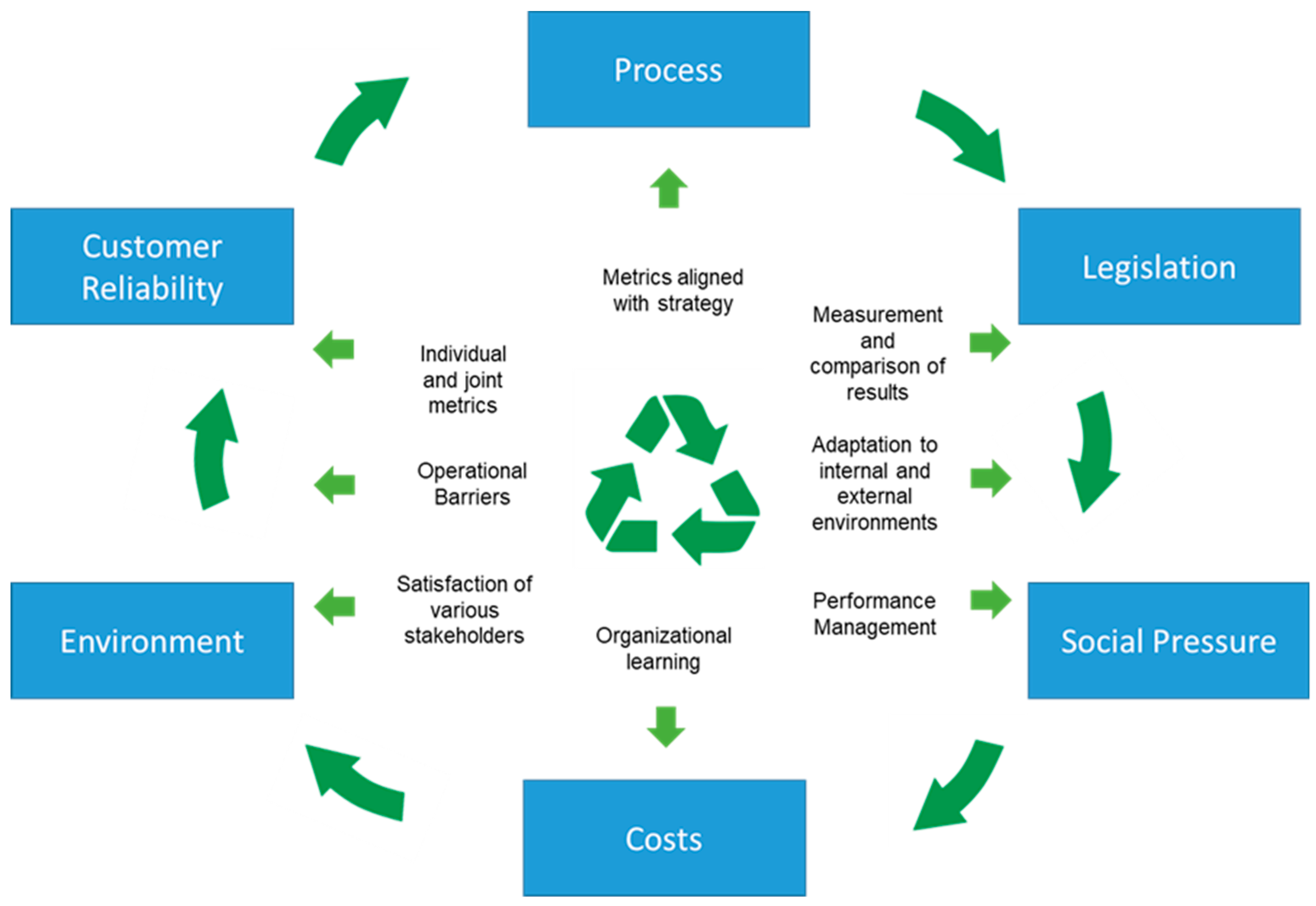
| Aspects of RL | [10] | [24] | [27] | [28] | [29] | [31] | [32] |
|---|---|---|---|---|---|---|---|
| Planning and management | X | X | X | ||||
| Application | X | ||||||
| Operation control | X | X | |||||
| Cost | X | X | X | X | |||
| Flow of raw materials | X | X | X | ||||
| Inventories | X | X | |||||
| Finished products | X | ||||||
| Flow of information | X | X | X | ||||
| Tracking warranties | X | ||||||
| Orders and parts exchange | X | ||||||
| Data analysis | X | X | |||||
| Performing repairs | X | ||||||
| Time supply uncertainties | X | X | |||||
| Quality | X | X | |||||
| Complexity of operations | X | X | |||||
| Barriers | X | X | |||||
| Legislation | X | X | X | X | |||
| Ecological image | X | X | X | X | |||
| 3 R’s | X | X | |||||
| Types and characteristics of products | X | ||||||
| Services | X | ||||||
| Customer satisfaction | X | ||||||
| Returns | X |
© 2019 by the authors. Licensee MDPI, Basel, Switzerland. This article is an open access article distributed under the terms and conditions of the Creative Commons Attribution (CC BY) license (http://creativecommons.org/licenses/by/4.0/).
Share and Cite
Voigt, D.; Casarotto Filho, N.; Macedo, M.A.; Braga, T.G.; da Rocha, R.U.G. Performance Evaluation of Reverse Logistics: Opportunities for Future Research. Sustainability 2019, 11, 5291. https://doi.org/10.3390/su11195291
Voigt D, Casarotto Filho N, Macedo MA, Braga TG, da Rocha RUG. Performance Evaluation of Reverse Logistics: Opportunities for Future Research. Sustainability. 2019; 11(19):5291. https://doi.org/10.3390/su11195291
Chicago/Turabian StyleVoigt, Derek, Nelson Casarotto Filho, Mayara Atherino Macedo, Thais Guerra Braga, and Rodrigo Ulisses Garbin da Rocha. 2019. "Performance Evaluation of Reverse Logistics: Opportunities for Future Research" Sustainability 11, no. 19: 5291. https://doi.org/10.3390/su11195291
APA StyleVoigt, D., Casarotto Filho, N., Macedo, M. A., Braga, T. G., & da Rocha, R. U. G. (2019). Performance Evaluation of Reverse Logistics: Opportunities for Future Research. Sustainability, 11(19), 5291. https://doi.org/10.3390/su11195291





